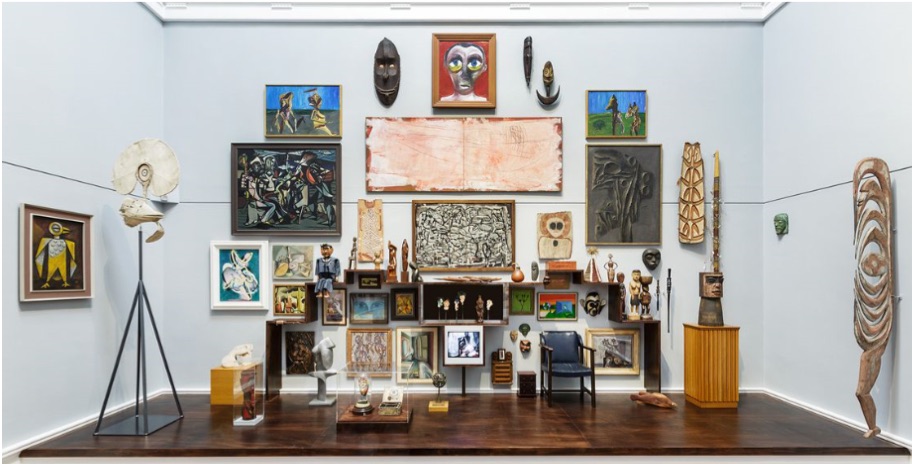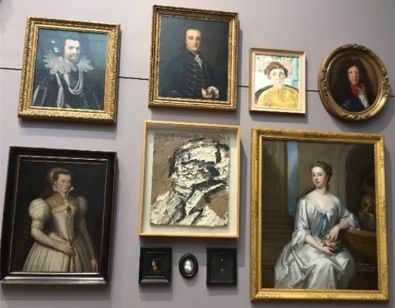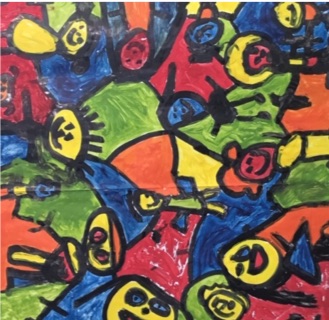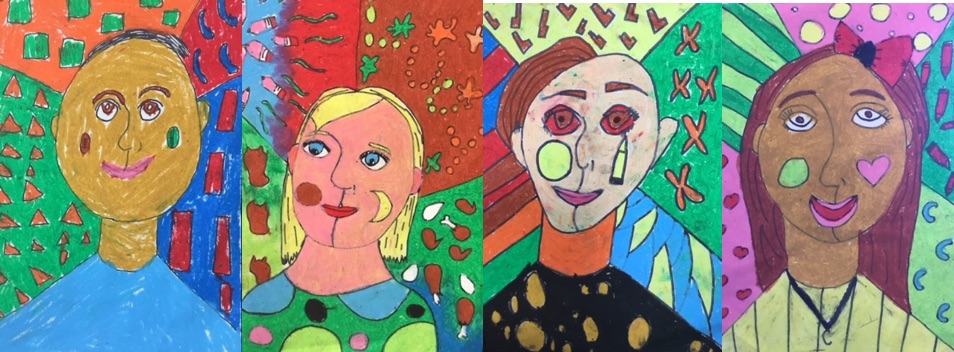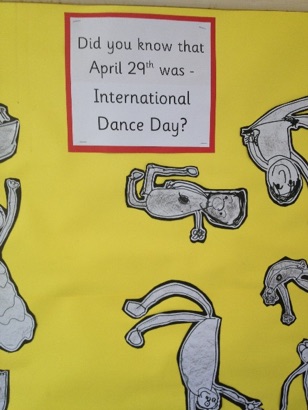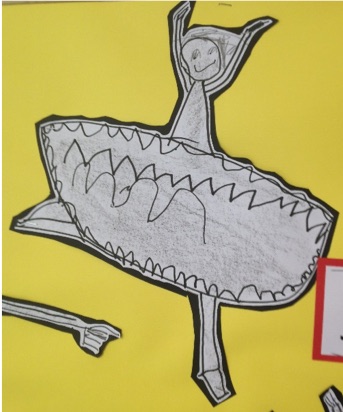One of the most important aspects of literacy is the way language changes according to purpose. It is important for students to be able to recognise that the same structures of spoken and written text – the clause structure, noun groups, processes and adverbials, paragraphing and text cohesion are all present and utilised according to what the author or composer wants to achieve.
This amazing collection of pieces is part of a new exhibition at the Art Gallery of South Australia (AGSA). There are both familiar and new images and styles, all gathered together by the curators in the ongoing installation, The Elder Wing of Australian Art.
This display of portraits is part of an ongoing exhibition I saw at the same gallery in early 2019.
The combination of contemporary paintings and the range of earlier works made serious demands on the viewer accustomed to pieces displayed in chronological contexts.
Each of these uses the language and structures of art, yet is dramatically different from its fellows.
Schools display students’ artworks as a demonstration of the skills and abilities of the different ages and grades of the children. The pieces add colour and dynamism to an environment that can be pretty sterile. Some schools use artworks as fundraisers for the school – portraits of mum or dad, self-portraits, mounted ready for purchase and framing by proud parents.
Yet there can be a tedious sameness in the pictures that are displayed around the classroom and in the foyer of the admin block.
Just as there can be a tedious sameness in the texts that our students produce.
Look at these examples of portraits, produced by students at different schools. Their composition and execution adheres to the principles of portraiture.
At MXXX PS ‘Everyone painted a picture of themselves using black ink. We coloured the shapes using bright paints.’
These have as much vibrancy as those in the Art Gallery of South Australia.
These portraits are in the style of Romero Britto, a Brazilian pop artist, completed by Year 5/6 students
What a great introduction to what is possible. Why can’t it be so for producing texts?
Language features are described are defined in the NSW English syllabus as the features of language that support meaning, for example sentence structure, vocabulary, illustrations, diagrams, graphics, punctuation, figurative language. Choices in language features and text structures together define a type of text and shape its meaning (see structures of texts). These choices vary according to the purpose of a text, its subject matter, audience and mode or media of production. (p.196)
Every one of these features can be developed so our students can use language to produce original, innovative and exciting texts.
We can extend in our students an appreciation of art practice through materials and representations of experience. We are using the same elements, utilised differently according to the purpose of the artist, the printmaker, the portraitist. We don’t need to give our students the same yellow duck on the same blue background on the same piece of paper.
FS 2 BISC, Egypt
Line
FS 2 BISC, Egypt
English Concepts – Learning process – Engaging personally
Develop awareness of personal voice by working with students on …
We need to extend what is possible in both art and writing.
References
South Australia Art Gallery at https://www.agsa.sa.gov.au/whats-on/exhibitions/elder-wing-australian-art/Artworks South Australia State Gallery (accessed 31/05/2019
Board of Studies, NSW (NESA) (2012) English Syllabus K-10
